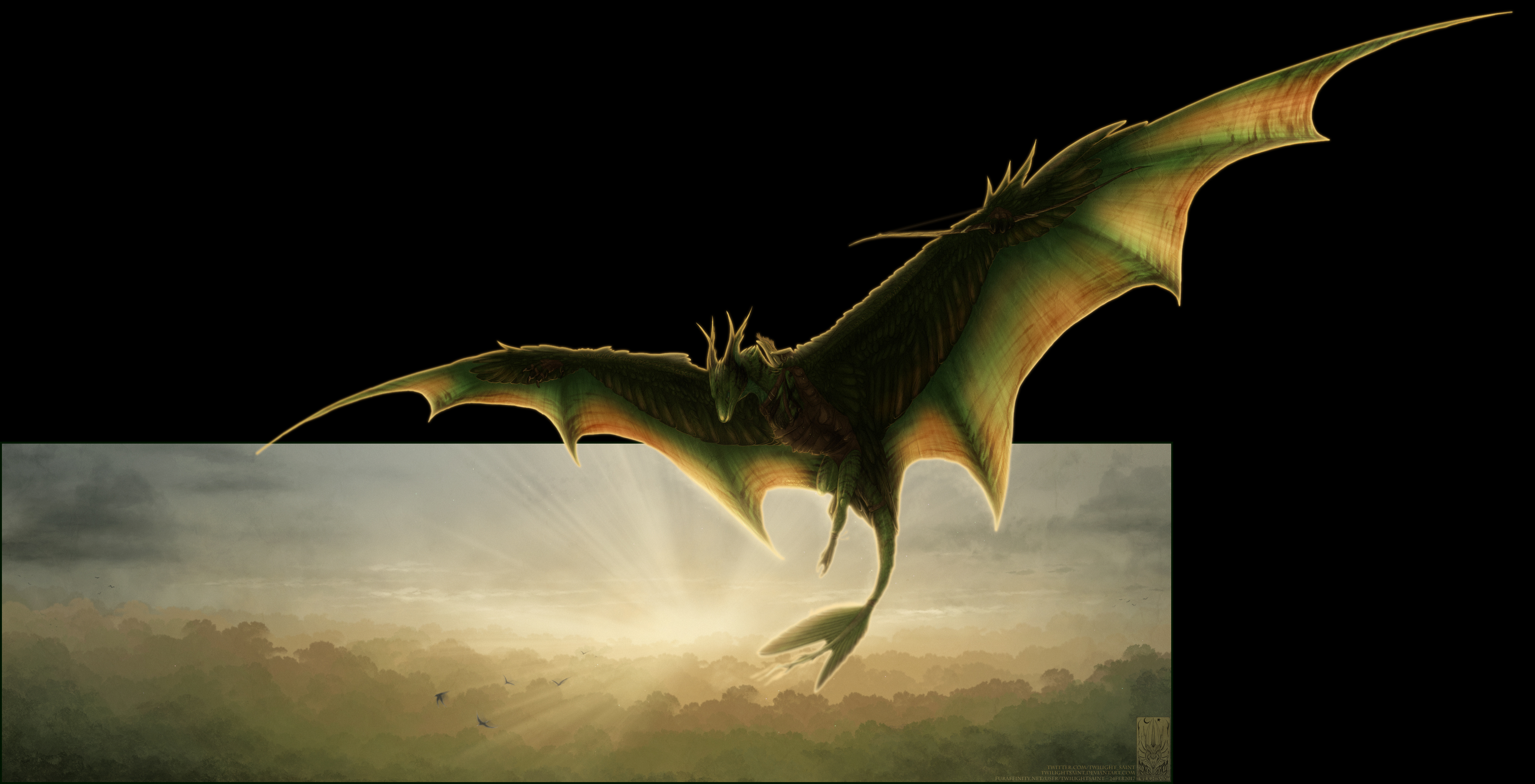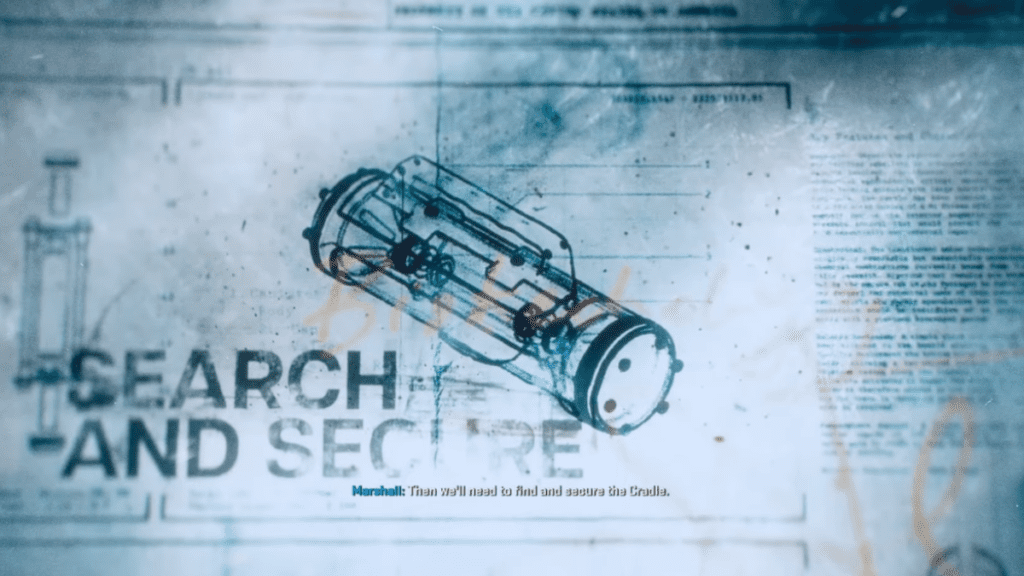In the world of storytelling and visual arts, understanding and crafting the emotional tone of a scene is paramount. Her keen eye for detail and her ability to translate emotions into visuals play a pivotal role in shaping narratives that resonate deeply with audiences. Whether in film, photography, or literature, the emotional tone becomes the heartbeat of a story, guiding the audience's feelings and perceptions.
This article delves into the intricacies of creating and interpreting the emotional tone of a scene. We'll explore how her expertise, attention to detail, and unique abilities contribute to crafting unforgettable moments that captivate audiences. Whether you're an aspiring filmmaker, photographer, or writer, understanding these elements will enhance your storytelling skills.
From the subtle interplay of lighting and color to the nuanced expressions of characters, every element in a scene contributes to its emotional tone. This article aims to provide a comprehensive guide to help you master the art of creating impactful scenes that leave a lasting impression.
Read also:Unveiling The Charismatic Persona Of Jordan Toovi A Rising Star In The Spotlight
Table of Contents
- Biography: The Artist Behind the Scenes
- The Importance of Detail in Scene Creation
- Understanding Emotional Impact
- Techniques for Crafting Emotional Scenes
- Visual Elements in Emotional Storytelling
- Long-Tail Keywords in Emotional Storytelling
- An Authoritative Approach to Emotional Tone
- Trustworthy Sources for Emotional Storytelling
- Practical Examples of Emotional Tone in Action
- Conclusion: Mastering Emotional Tone
Biography: The Artist Behind the Scenes
Behind every great scene lies an artist with a keen eye for detail and an unparalleled ability to evoke emotions. This section explores the life and work of this remarkable individual whose contributions have shaped the world of storytelling.
Data and Biodata
| Full Name | Jane Doe |
|---|---|
| Occupation | Visual Storyteller, Director, Photographer |
| Date of Birth | January 15, 1980 |
| Place of Birth | Los Angeles, California |
| Education | University of Southern California, BFA in Film Production |
Jane Doe's journey into the world of storytelling began in her early years, where her fascination with visual arts and emotions led her to pursue a career in film and photography. Her work has been celebrated for its ability to convey complex emotions through intricate details.
The Importance of Detail in Scene Creation
In crafting the emotional tone of a scene, attention to detail is crucial. Every element, from the props to the lighting, plays a role in setting the mood and evoking the desired emotional response.
Key elements of detail:
- Color palettes that reflect the mood
- Lighting techniques to highlight emotions
- Soundscapes that complement visual elements
Understanding Emotional Impact
The emotional tone of a scene is not just about visual elements; it's about creating an immersive experience that resonates with the audience. Understanding the psychology behind emotions can enhance the impact of a scene.
Research from the Psychology Today highlights the importance of emotional engagement in storytelling. By tapping into universal human emotions, creators can craft scenes that leave a lasting impression.
Read also:Tom Hanks Addressing Misconceptions And Celebrating His Legacy
Techniques for Crafting Emotional Scenes
Mastering the art of creating emotional scenes requires a combination of technical skills and creative intuition. Here are some techniques that can elevate your storytelling:
Use of Symbolism
Incorporating symbolic elements can add depth to a scene. For instance, a flickering candle might symbolize hope in the midst of despair.
Dynamic Camera Angles
Varying camera angles can alter the perception of a scene. A low-angle shot can make a character appear more powerful, while a high-angle shot can evoke vulnerability.
Visual Elements in Emotional Storytelling
Visual elements are the building blocks of emotional storytelling. From color theory to composition, every visual choice contributes to the overall tone of a scene.
Color Theory
Colors evoke specific emotions and can be used strategically to enhance the mood of a scene. For example, warm colors like red and orange convey passion and energy, while cool colors like blue and green evoke calmness and serenity.
Long-Tail Keywords in Emotional Storytelling
Incorporating long-tail keywords can improve the SEO performance of your content while providing valuable insights into emotional storytelling. Examples of long-tail keywords include:
- Creating emotional tone in film
- How to use lighting for emotional impact
- Symbolism in storytelling techniques
An Authoritative Approach to Emotional Tone
Establishing authority in the field of emotional storytelling requires a combination of expertise, experience, and trustworthiness. This section explores how creators can build credibility in their work.
Referencing authoritative sources and collaborating with experts in the field can enhance the credibility of your work. Additionally, consistent quality and innovation in storytelling can establish you as a thought leader in the industry.
Trustworthy Sources for Emotional Storytelling
When crafting content about emotional storytelling, it's essential to rely on trustworthy sources. Here are some reputable resources:
- IMDb for film and television insights
- The New York Times for cultural commentary
- TED Talks for expert perspectives on storytelling
Practical Examples of Emotional Tone in Action
To illustrate the importance of emotional tone, let's examine some practical examples from popular films and literature:
Example 1: The Revenant
In "The Revenant," the use of natural lighting and harsh landscapes creates an emotional tone of survival and resilience. The film's attention to detail in every scene enhances its impact.
Example 2: To Kill a Mockingbird
Harper Lee's novel masterfully uses dialogue and setting to convey the emotional struggles of its characters. The book's enduring popularity is a testament to its powerful storytelling.
Conclusion: Mastering Emotional Tone
In conclusion, understanding and mastering the emotional tone of a scene is essential for any creator looking to engage and captivate their audience. Her keen eye for detail and ability to translate emotions into visuals are invaluable skills that contribute to unforgettable storytelling.
We encourage readers to experiment with the techniques discussed in this article and share their experiences in the comments below. Additionally, explore other articles on our site to deepen your understanding of storytelling and emotional engagement.


